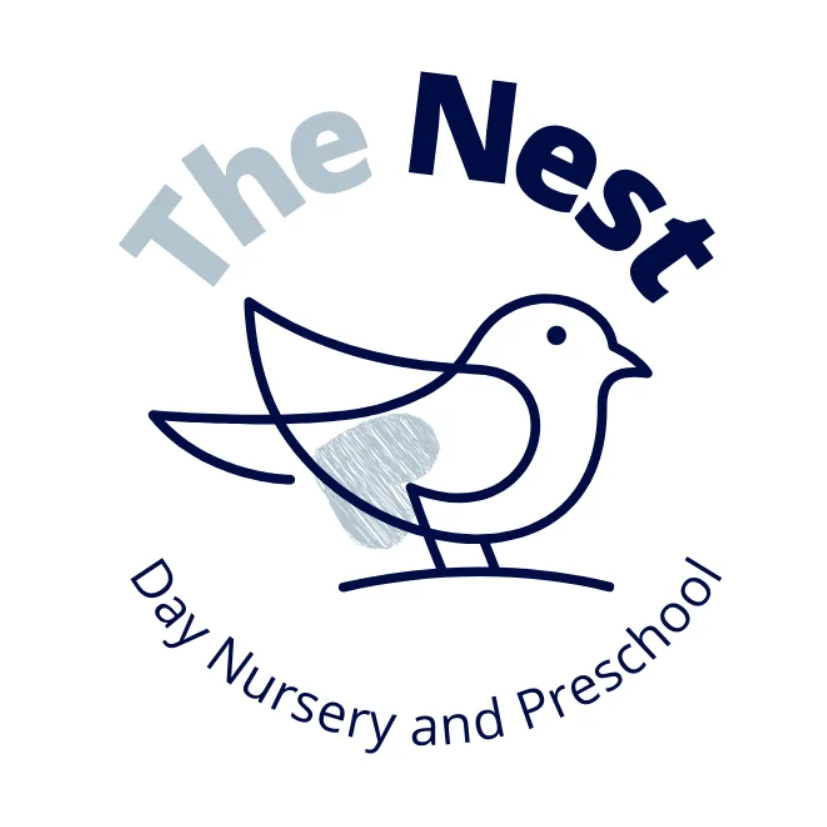Schemas in Play: Unlocking How Children Learn
- Oct 22
- 2 min read
Schemas in Play: Unlocking How Children Learn
Play is often described as the “work” of childhood. But if you’ve ever wondered why your little one keeps repeating the same action—whether that’s endlessly spinning wheels, hiding under blankets, or stacking blocks—you’ve already seen a schema in action.
What Exactly Is a Schema?
A schema is a repeated pattern of behaviour that helps children test ideas and make sense of their surroundings. These patterns aren’t random quirks—they’re a natural and important part of development.
Think of schemas as the brain’s way of exploring concepts like movement, space, and cause-and-effect. Every time your child repeats a behaviour, they’re actually strengthening their understanding of the world.
Different Types of Schemas You Might Notice
Schemas appear in many forms. Some common examples include:
Trajectory – enjoying throwing, dropping, or rolling objects.
Enveloping – wrapping things up or covering themselves, like hiding under duvets or putting toys into bags.
Rotation – spinning, turning, and twirling—whether it’s wheels, tops, or themselves!
Connecting – linking items together or pulling them apart, such as building towers and dismantling them.
These patterns might look like “just play,” but they’re actually a child’s way of exploring big ideas in a hands-on way.
Why Schemas Are Valuable
Understanding schemas gives adults a new lens on behaviour. Rather than stopping a child who is, for instance, throwing toys, we can guide them towards safer, purposeful alternatives—rolling a ball, pouring water, or experimenting with scarves. This approach supports their development while keeping play constructive.
How We Support Schemas in Nursery
At The Nest, our practitioners observe children closely to spot these patterns of play. Once a schema is identified, we design activities that extend the child’s interest and offer fresh challenges.
For example, if a child is drawn to the enclosing schema, we might create opportunities for den-building or provide boxes and fabrics for wrapping. By building on these natural urges, we nurture curiosity and help children feel confident in their learning.
Encouraging Schemas at Home
Parents often see schemas outside of nursery life, too. Some signs might be:
Carefully lining objects up in rows.
Climbing repeatedly onto furniture.
Pouring water or sand from one container to another.
The best way to support this is by providing safe and engaging ways to repeat the action—such as blocks for construction, outdoor play equipment, or loose parts play.
By recognising schemas, those puzzling behaviours suddenly make more sense. They’re not simply habits or phases—they’re stepping stones in your child’s learning journey.
Curious to Learn More?
Our team is always happy to talk with families about schemas and how they shape play and learning. If you’d like to know more about what your child’s behaviours might mean, feel free to ask—we’d love to share ideas.




Comments